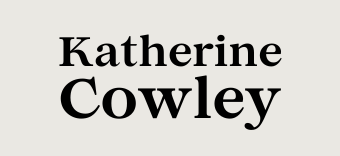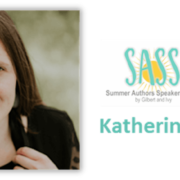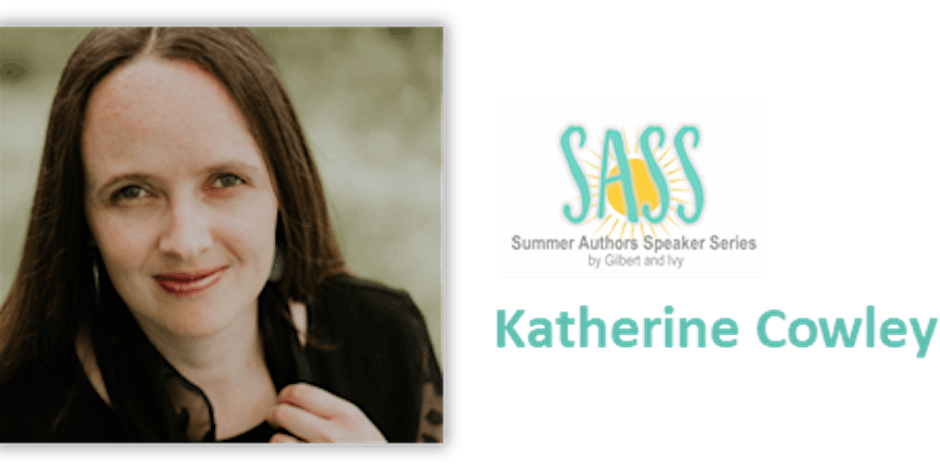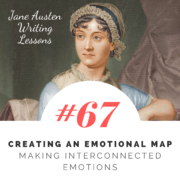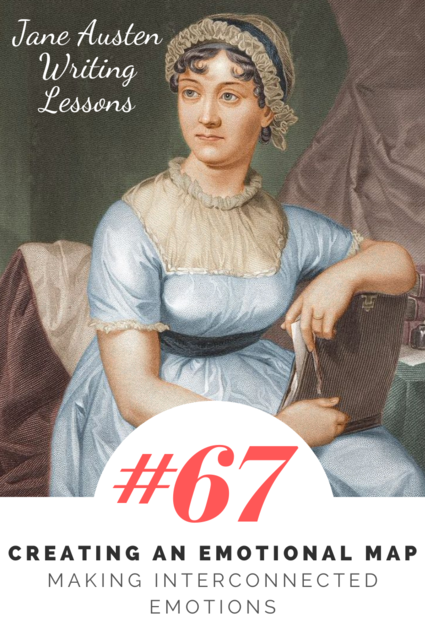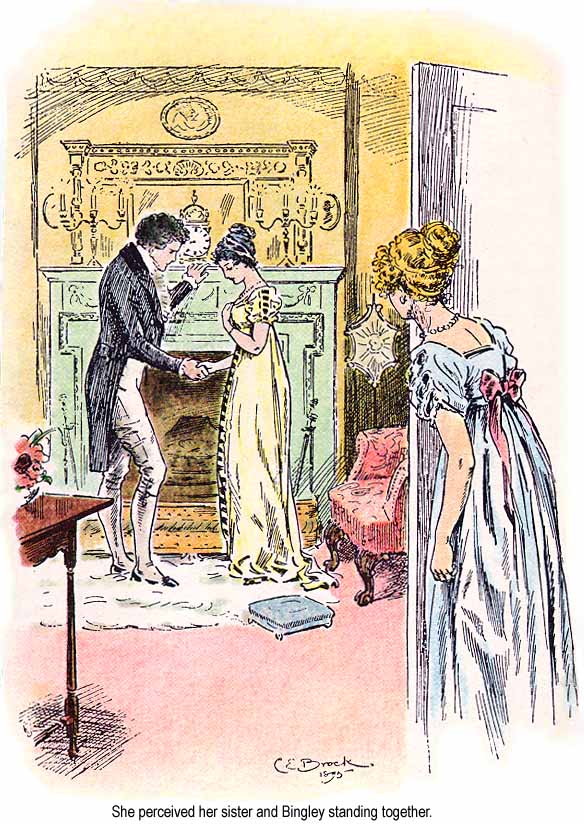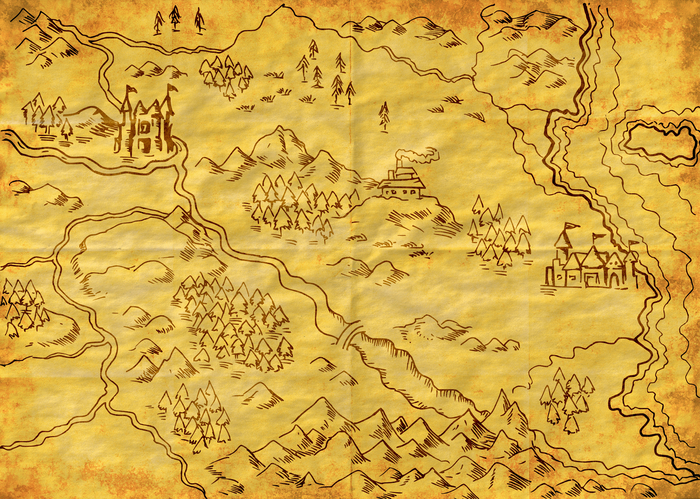We’ve talked a lot about writing emotions over the past months, with posts on:
I wanted to do one final post on emotions, that ties everything together, so today I’ll be talking about creating an emotional map, or making a characters emotions in a single scene connected to their emotions in other scenes.
Near the end of Pride and Prejudice, Jane, the eldest of the Bennet sisters, becomes engaged to Mr. Bingley. Elizabeth opens a door and sees Jane and Mr. Bingley standing next to the fireplace, rather close to each other. Jane and Bingley quickly move apart, looking embarrassed.
Not a syllable was uttered by either; and Elizabeth was on the point of going away again, when Bingley, who as well as the other had sat down, suddenly rose, and, whispering a few words to her sister, ran out of the room.
Jane could have no reserves from Elizabeth, where confidence would give pleasure; and, instantly embracing her, acknowledged, with the liveliest emotion, that she was the happiest creature in the world.
“’Tis too much!” she added, “by far too much. I do not deserve it. Oh, why is not everybody as happy?”
Elizabeth’s congratulations were given with a sincerity, a warmth, a delight, which words could but poorly express. Every sentence of kindness was a fresh source of happiness to Jane. But she would not allow herself to stay with her sister, or say half that remained to be said, for the present.
“I must go instantly to my mother,” she cried. “I would not on any account trifle with her affectionate solicitude, or allow her to hear it from anyone but myself. He is gone to my father already. Oh, Lizzy, to know that what I have to relate will give such pleasure to all my dear family! how shall I bear so much happiness?”
Jane’s emotions are expressed primarily through her physical actions and through her dialogue (including the diction, word choice, and use of emphasis). It’s an effective scene at conveying emotions, but what makes it work is largely based on what Austen has established in the rest of the book.
